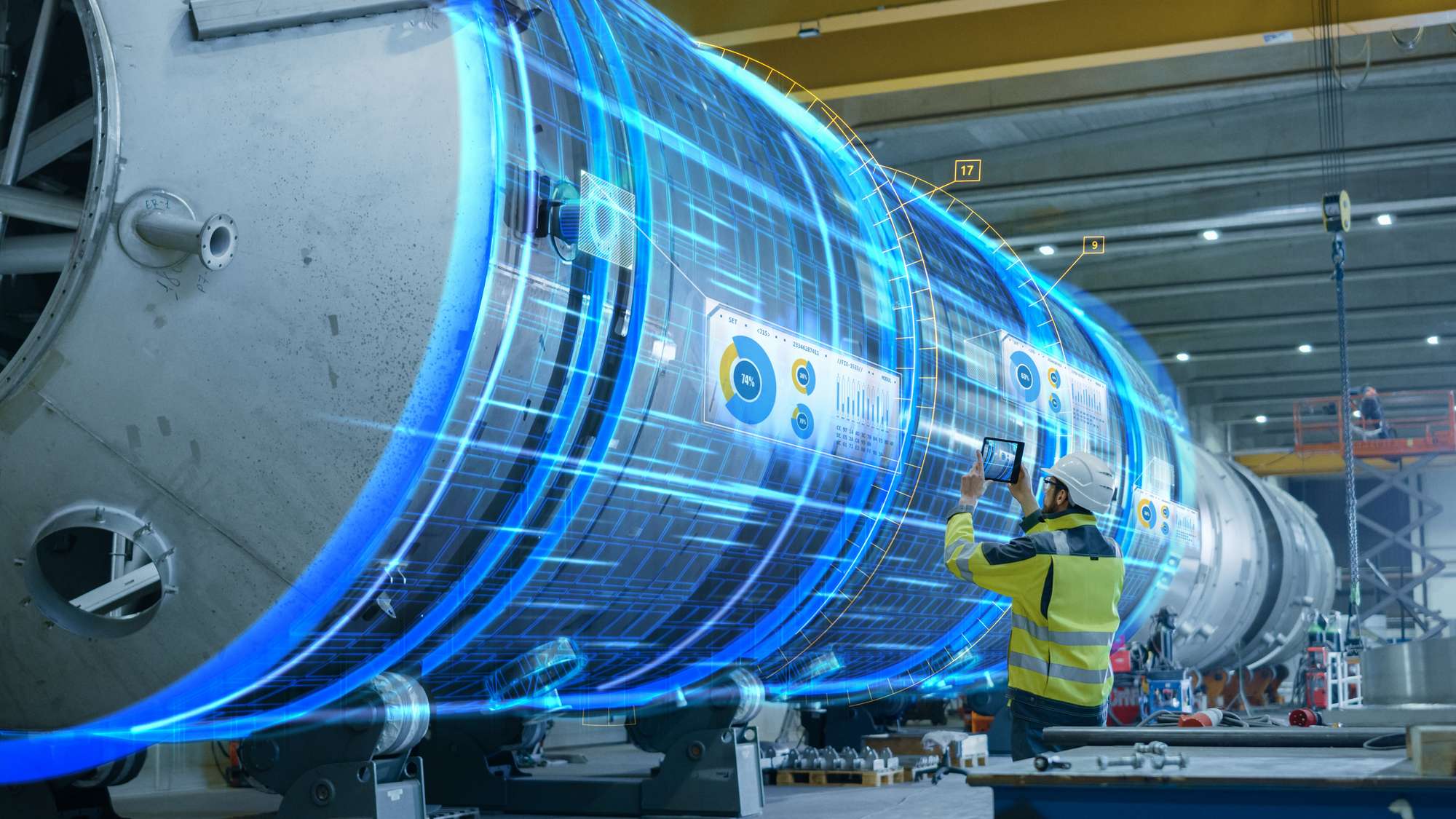
The Basics of Industrial Digitalization
There can be a lot of confusion when it comes to industrial digitalization. For example, the World Economic Forum estimates that digital transformation in the Oil and Gas sector could create up to $640 billion USD worth of benefits by 2025, including $10 billion worth of improvements to productivity, $30 billion worth of water savings, and a staggering $430 billion of emission reductions. This is all in addition to the $170 billion worth of customer savings the process can enable.
However, according to many industrial players and other experts, the actual realized value has been…well, less than that. Substantially.
To be clear, we’re not trying to dissuade industrial players from investing in digital transformations, just show that there’s some serious confusion about how digital transformation impacts industrial businesses, particularly in the Oil and Gas sector. That’s why we decided to clear the air about industrial digitalization, transformation, and the future of computer technology in the industrial sector.
Digitization or digitalization?
Of course, when talking about complex technical topics, it’s always important to make sure we have a shared vocabulary, so let’s get the lingo down first.
Digitization is the process of converting your workflows to a digital format. It’s a necessary first step in any digital transformation, industrial or otherwise, though many industrial businesses are at least partially digitized already. To be clear, your processes don’t actually change through digitization; only the environment and formats change. For example, let’s say you have folders upon folders upon folders of signed morning safety briefings taking up space in your control room. If you were to scan them into your database so you could save space and preserve them electronically, you would have digitized them.
Digitalization, on the other hand, is what you might have understandably mistaken digitization for, which is converting analog or manual processes to digital ones. So when your foreman stops providing wet signatures on the morning safety briefing hardcopies attached to a clipboard and starts adding their esignature to briefing pdfs on a tablet which they immediately upload to your cloud (cutting out all the middle work and possible errors, we might add), that’s digitalization.
For clarification, digitalization can and often does involve digitization, so it’s not like the two terms are mutually exclusive. Also, as you might expect, both processes are integral to digital transformations, industrial or otherwise.
Advancing Computer Technology and Industry 4.0
We’ve written about the Industry 4.0 before, but what we didn’t highlight then was the breakneck speed of technological development. We’re not about to go off about technological singularities or other sci-fi fantasies, but for industrial players looking to stay competitive, it’s already past time to be upgrading their IT infrastructure to handle more components, complex networks, and other devices. The Industrial Internet of Things (or IIoT) is going to have major role to play in refineries, chemical plants, mills, and virtually any industrial project in the future. As current devices improve and new devices enabling the digitalization of otherwise manual processes come to market, the potential for industrial companies to truly realize the promised value of digital transformation becomes enormous, but only if they have the infrastructure and mindset to do so.
If you’d like to learn more about industrial digitalization and how TRINUS can help your business with a comprehensive digital transformation that can truly deliver on promised value, contact one of our digital transformation experts today.
Sincerely,
The TRINUS Team
trinustech.com

















